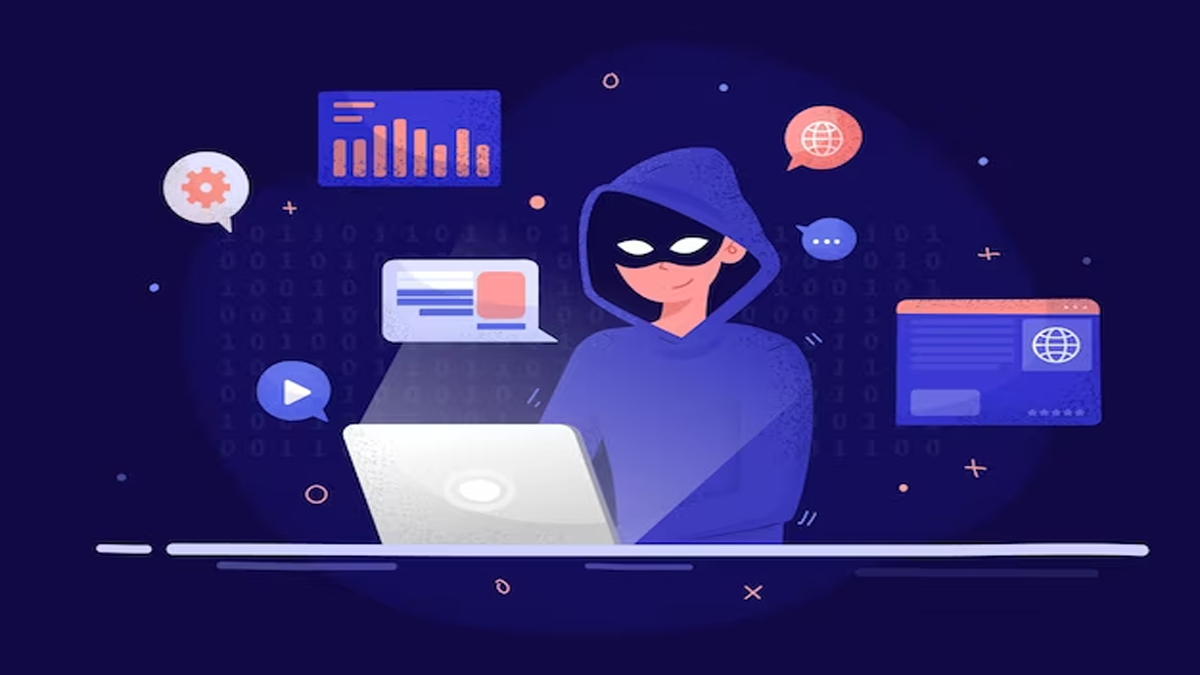In India, cybercrime is primarily governed by the Information Technology Act, 2000 (IT Act), which was amended in 2008. The IT Act provides a legal framework to address various types of cybercrimes and outlines the penalties for offenders. Here are some key provisions of the IT Act:
- Unauthorized access to computer systems or data:
Section 43 of the IT Act deals with unauthorized access to computer systems or data and imposes penalties for unauthorized actions such as hacking, introducing viruses, or damaging computer systems. - Data theft and breach of confidentiality:
Section 43A of the IT Act deals with the compensation for failure to protect data and sensitive personal information. Additionally, Section 72A addresses the punishment for disclosure of information in breach of lawful contract. - Identity theft and fraud:
Sections 66C and 66D of the IT Act deal with identity theft and impersonation, while Section 66 provides for punishment for computer-related fraud. - Cyber harassment and stalking:
Section 66A of the IT Act previously dealt with cyber harassment, but it was struck down by the Supreme Court of India in 2015. However, other provisions such as Section 354D of the Indian Penal Code can be applied for dealing with cyber stalking and harassment. - Obscenity and child pornography:
Section 67B of the IT Act specifically addresses the publication or transmission of material depicting children in sexually explicit acts, and it carries severe penalties.
To avoid falling victim to cybercrimes, here are some essential steps:
- Use strong and unique passwords:
Ensure that you have strong passwords for your online accounts and avoid using the same password across multiple platforms. Consider using a password manager to generate and store complex passwords securely. - Keep software and devices up to date:
Regularly update your operating systems, applications, and antivirus software to protect against known vulnerabilities and exploits. - Be cautious with personal information:
Avoid sharing sensitive personal information online unless it is absolutely necessary. Be cautious when providing personal information on websites or in response to unsolicited requests. - Exercise caution while clicking links and downloading files:
Be wary of clicking on suspicious links or downloading files from untrusted sources. These can often contain malware or lead to phishing attacks. - Use secure networks:
When accessing the internet, use secure and trusted networks. Avoid using public Wi-Fi networks for sensitive activities like online banking or accessing personal accounts. - Be vigilant against phishing attacks:
Be cautious of unsolicited emails, messages, or phone calls asking for personal information. Verify the authenticity of requests before providing any sensitive data. - Regularly back up important data:
Create backups of your important files and data to protect against data loss due to malware, ransomware, or other cyber threats. - Educate yourself and stay informed:
Stay updated on the latest cybersecurity threats and best practices. Educate yourself about common cyber scams and techniques used by cybercriminals to avoid falling prey to their tactics.
It’s important to note that cybersecurity is an ongoing effort, and staying informed about the evolving landscape of cyber threats is crucial. If you encounter a cybercrime or suspect any illegal online activities, it is advisable to report the incident to the local law enforcement authorities or the Cyber Crime Investigation Cell in your region.
